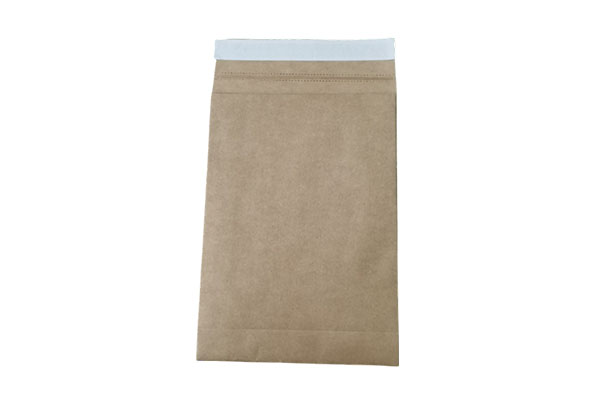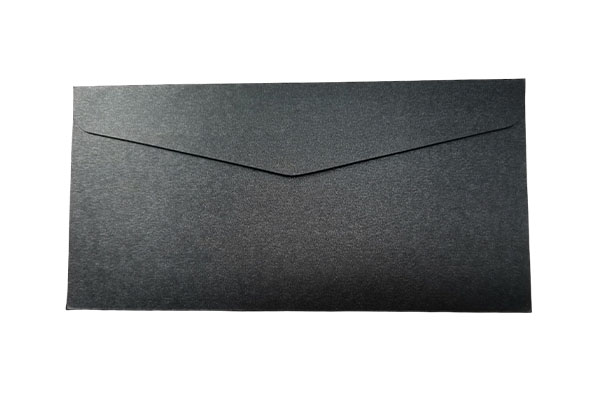What is the manufacturing process of kraft paper bag?
Release Time : 2025-03-20
The manufacturing process of kraft paper bag is a complex and delicate process involving multiple links and steps.
The main raw material of kraft paper bag is kraft paper, which is mainly made of wood pulp. Wood pulp is divided into two types: coniferous pulp and hardwood pulp. Coniferous pulp has long fibers, which gives kraft paper higher strength and toughness; hardwood pulp has relatively short fibers, but can improve the uniformity and printing adaptability of paper. High-quality kraft paper bags usually reasonably mix these two types of pulp to achieve ideal physical properties. In addition, some kraft papers also add a small amount of other fibers, such as hemp fiber and bamboo fiber, to further enhance the strength and durability of paper.
In the pulp preparation stage, the wood needs to be treated chemically or mechanically to separate the cellulose fibers. The sulfate process is a commonly used chemical pulping method that uses chemicals such as sodium hydroxide and sodium sulfide to dissolve the lignin in the wood under high temperature and pressure to separate the cellulose fibers. After screening and purification, the prepared pulp is evenly distributed on the forming net through the headbox to form a wet paper sheet. Subsequently, the wet paper sheets are pressed and dried to remove excess water and improve the strength and tightness of the paper. In this process, precise control of parameters such as temperature, pressure and moisture content is crucial, as they directly affect the quality and performance of kraft paper.
The design of kraft paper bags usually includes the determination of elements such as size, shape, handles, and windows. After the design is completed, the printing process is required. The kraft paper bag has good printing adaptability and is compatible with a variety of printing processes, such as offset printing, flexographic printing, and gravure printing. Different printing processes are suitable for different printing needs and pattern characteristics. For example, offset printing is suitable for high-precision and colorful pattern printing; flexographic printing has the characteristics of low cost and high efficiency; gravure printing has strong expressiveness, bright colors, and strong three-dimensional sense of ink. The quality and drying speed of the ink need to be strictly controlled during the printing process to avoid problems such as blurring and fading.
For kraft paper bags that require windows, transparent films (such as polyethylene or polypropylene films) need to be precisely laminated with kraft paper after printing. This process involves multiple processes such as film cutting, gluing, and laminating, requiring operators to have rich experience and high concentration to ensure that the window and kraft paper are tightly fitted, without bubbles or wrinkles. The composite material is dried to give it good stability and durability.
In the process of forming and installing the self-sealing structure of the paper bag, automated mechanical equipment is used for folding, pasting, binding and other operations. For self-sealing kraft paper bags, structures such as self-sealing strips or self-sealing buckles need to be installed. Common self-sealing methods include adhesive self-sealing strips and press-type self-sealing buckles. Adhesive self-sealing strips generally use glue or strips with a certain viscosity, and users only need to press lightly to achieve sealing; press-type self-sealing buckles use specially designed plastic buckles or metal buckles to form a tight bite at the opening of the paper bag to achieve the sealing function.
The formed kraft paper bag needs to undergo strict quality inspection, including appearance inspection, sealing test, strength test, etc., to ensure that every paper bag leaving the factory meets high quality standards. The qualified paper bags will be packaged and boxed, ready for shipment and sale.
The manufacturing process of kraft paper bags focuses on environmental protection and sustainable development. On the one hand, the main raw material of kraft paper is natural plant fiber, which is degradable and meets the pursuit of environmentally friendly packaging in modern society; on the other hand, many kraft paper bags use a certain proportion of recycled fiber, which effectively reduces the dependence on native wood, reduces production costs, and reduces the pressure of paper waste on the environment. In addition, some manufacturers have also passed FSC (Forest Stewardship Council) certification to ensure that the forests where the raw materials are sourced meet strict standards in terms of ecological protection, biodiversity maintenance, and community economic development.
The manufacturing process of kraft paper bags is a complex and delicate process involving multiple links such as raw material selection and preparation, pulp preparation and papermaking, design and printing, compounding and window opening, molding and self-sealing structure installation, quality inspection and packaging, and environmental protection and sustainable development. Each link is crucial and jointly determines the quality and performance of kraft paper bags.





